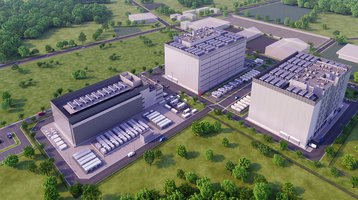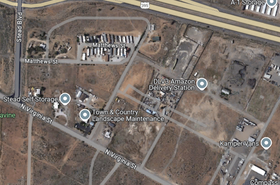Approximately $116 billion will be needed to build out the existing colocation data center pipeline across the APAC region in the next five to seven years, according to a report from Cushman & Wakefield.
The current pipeline of colocation projects, either in construction or in late-stage planning, stands at 12.45GW.
This development pipeline provides an opportunity to generate more than $14.9 billion in annual colocation rent, achieving almost 13 percent yield-on-cost ratio for developers, said the report.
“Demand for the sector continues to grow – the Asia Pacific development pipeline is already three times greater than existing operational capacity and as demand for cloud, AI, and large learning machine models increase, the capex requirements continue to grow in scale,” said Pritesh Swamy, head of research & insights, data center group, APAC at Cushman & Wakefield.
“The investment potential of the sector has well and truly captured the attention of investors, as evidenced by the sector’s increasing share of annual real estate investment volumes.”
Five markets make up 80 percent of pipeline
Of the 12.45GW in the pipelines, more than 80 percent is held in five markets: Japan, India, Australia, mainland China, and Malaysia.
At a city level, Tokyo has the strongest pipelines with 1,656MW, followed by Mumbai (1,143MW), Johor (1,049MW), Sydney (783MW), and Beijing (613MW).
Tokyo currently has 1.1GW of capacity in operation, with vacancy rates as low as nine percent. AirTrunk, Colt, Equinix, and PDG are all planning facilities in the city.
Mumbai has also seen the likes of CtrlS and Nxtra building out in the city. In a recent report from JLL, India’s data center capacity was expected to surge by 66 percent by next year.
Capital requirements in Japan to build out its 2,678MW pipeline stand at $13 million, with India following at $7 million.
“The often-quoted 20-plus percent CAGR on data center development and the sector’s potential rental streams mean we continue to see a vast array of participants seeking exposure to development," said Gordon Marsden, head of capital markets APAC at Cushman & Wakefield.
"We have seen these investments rapidly evolve from smaller plays on, for example, a piece of land, to larger-scale deployments requiring consortiums that bring together a number of different positions."
He added: "We do expect to see consolidation as the sector matures, but for now at least, the capital requirements mean the sector continues to attract vast capital at a faster rate than other asset classes in the CRE universe.”







